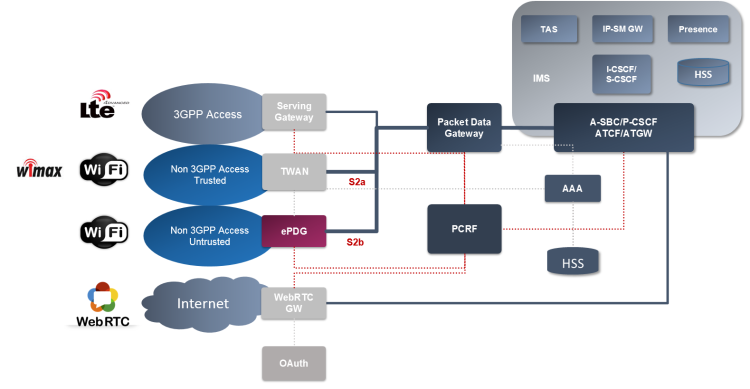It’s very interesting (and well, a bit suspicious) that the main focus of most VoLTE textbooks and trainings is signalling. But from the user-point-of-view, it is the voice data, what matters. As an end-subscriber I don’t care about signalling. My only interest is the call quality. But times they are a changin and engineers are asking about how to improve the overall voice-call quality and user experience. Today we’ll go through the basics as jitter, mouth-to-ear delay, packet loss rate or MOS, needed for QoS analysis.
For real-time multimedia we used to have dedicated telephone/radio networks. That has changed and voice/video streams are transported over IP network now.
We should understand that these IP networks were originally designed for data transport. To transport data we prefer the best-effort service model, which allows an easy network scaling and simple routers’ logic. On the other hand we don’t care much if packets arrive in-order or what are the delays between particular packets. We simply wait until we receive a whole file. If any packet is lost, TCP will re-transmit it.

Packets in Data Networks
It’s a different story with the real-time communication services though. RTC applications are less sensitive to packet loss, but they are very sensitive to packet delay. Usage of IP data network as a carrier brings a lot of challenges which have to be addressed by media protocols and network elements.





